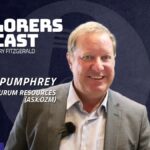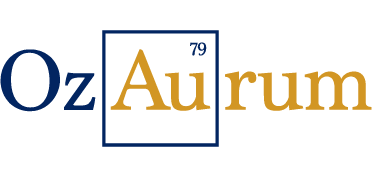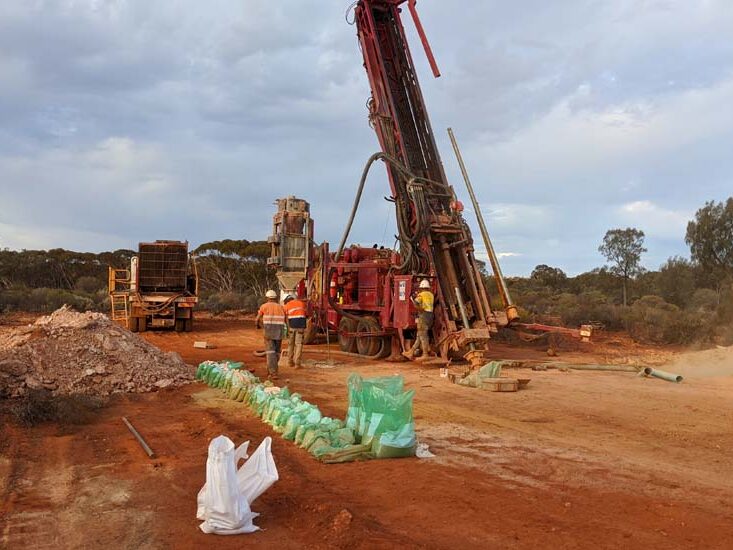Gold assets moving from private ownership to the ASX
Meanwhile, newly incorporated OzAurum is looking to take a portfolio of strategic assets that had been assembled over almost 30 years by founder and managing director Andrew Pumphrey to the ASX next year.
The assets sit in the shadow of Saracen Mineral Holdings’ (ASX:SAR) Carosue Dam gold mine about 100km northeast of Kalgoorlie, a region that has been the subject of considerable greenfields exploration.
Notable explorers in the area include St Barbara (ASX:SBM), Breaker Resources (ASX:BRB) and Apollo Consolidated (ASX:AOP).
Pumphrey told Stockhead that gold was first discovered at Mulgabbie Hotel in 1898 and the field produced 8,000oz of gold at an astounding 34oz (or a little more than 1kg) to the tonne.
More recently about 1,000oz of gold was produced through alluvial means.
Gold was also mined at the Patricia gold mine in 1935, which produced 5,400oz at an average grade of 41 grams per tonne (g/t).
The Mulgabbie North discovery was made in 1984 by Freeport McMoRan, with drilling returning hits of 9m at 4.7g/t gold and 30m at 1.2g/t gold.
It covers 10km of greenstone belt geology in the Norseman-Wiluna Greenstone Belt, one of the richest and most prolific gold-producing camps in Australia.
Notable mines within the belt include Granny Smith (+2.5Moz), Wallaby (+7Moz) and Sunrise Dam (+15Moz).
This area was pegged by Pumphrey in 1990 after Freeport withdrew from the area.
Subsequent reverse circulation drilling by Andrew and Alicia Pumphrey returned results such as 6m at 4.41g/t gold, while a 2km-long zone of gold mineralisation remains to be tested along with wide zones of subparallel gold geochemistry anomalies.
“More diamond drilling is planned this year to understand the structural orientation of mineralisation at the Mulgabbie North northern prospect and RC drilling to validate the Freeport historical drill results,” Pumphrey added.
Credentialled team assembled and gold exploration plans pencilled in
Pumphrey has brought on former Mineral Deposits managing director Jeffrey Williams as the executive chairman of the company along with veteran geologist Andy Tudor and Cobre (ASX:CBE) co-founder and chief executive officer Martin Holland as non-executive directors.
OzAurum plans to use its pre-IPO capital to drill four reverse circulation and one diamond hole.
Upon completion of the IPO, the company plans to undertake up to 50,000m of aircore drilling, 50,000m of reverse circulation drilling and 20,000m of diamond drilling that is aimed at discovering an inferred resource of more than 1 million ounces.
It will then move onto completing a scoping study in the second year.






